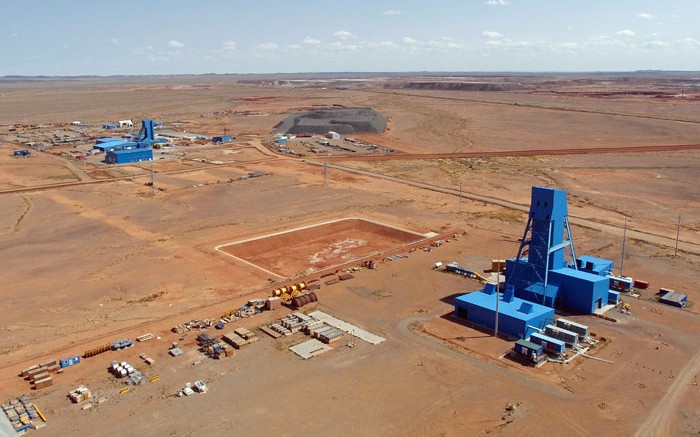The following is an edited summary of the International Copper Study Group’s (ICSG) January 2016 Copper Bulletin. For more information and to buy the bulletin, visit www.icsg.org.
According to preliminary ICSG data, the refined copper market for October 2015 (excluding the adjustment for changes in China’s bonded stocks) was roughly balanced, with an apparent production surplus of only 2,000 tonnes. When making seasonal adjustments for world refined production and usage, October showed a small production deficit of 3,000 tonnes. The refined copper balance for the first 10 months of 2015, including revisions to data previously presented, indicates a production surplus of 60,000 tonnes (and a seasonally adjusted surplus of 122,000 tonnes). This compares with a production deficit of 485,000 tonnes (a seasonally adjusted deficit of 426,000 tonnes) for the same period of 2014.
In the first 10 months of 2015, world apparent usage declined an estimated 1% (210,000 tonnes), compared with that in the same period of 2014. Excluding China, world usage declined 3.5%. Although Chinese apparent demand increased 1.5%, usage declined 4.5% and 7% in the European Union and Japan, and 46% in Russia (following the withdrawal of Russia’s cathode export tax in September 2014). On a regional basis, usage increased an estimated 1% in Africa, Asia and in the Americas, while declining10% and 60% in Europe and Oceania.
World mine production increased 3.5% (520,000 tonnes) in the first 10 months of 2015, compared with production in the same period of 2014. Concentrate production increased 4%, while solvent extraction-electrowinning increased 1%. The increase in world mine production mainly owed to a recovery in production levels at operating mines in Indonesia (with a 61% growth in Indonesian mine production, while in 2014, output was constrained by a seven-month ban on concentrates exports) and an 18% increase in Peruvian output (benefitting from higher production rates at operating mines and ramped-up production from mines that started in 2014 and 2015). Production increased 0.7% in Chile while staying the same in the U.S. and China. On a regional basis, production rose 4% in South America, 10% in Asia and 1.5% in Europe. However, production declined 2% and 3.5% in Africa and Oceania, and remained flat in North America. The average world mine capacity use rate for the first 10 months of 2015 declined to 84% from 85% in the same period of 2014.
World refined production increased an estimated 1.8% (330,000 tonnes) in the first 10 months of 2015, compared with refined production in the same period of 2014, with primary production up 2% and secondary production (from scrap) essentially unchanged. The main contributor to growth in world refined production was China (up 4%), followed by the Democratic Republic of the Congo and India, where production increased 5%. Output in Chile and Japan (the second and third leading refined copper producers) declined 2% and 3%, while in the U.S. (the fourth-largest refined copper producer), production dropped 2%. On a regional basis, refined output increased in Africa (5%) and Asia (4%), and decreased in the Americas (-1%) and in Oceania (-7%), while staying the same in Europe. The average world refinery capacity use rate for the first 10 months of 2015 was practically unchanged at 83%, compared to the same period of 2014.
Based on the average stock estimates provided by independent consultants, China’s bonded stocks declined 160,000 tonnes in the first 10 months of 2015 from the year-end 2014 level. Stocks declined 63,000 tonnes in the same period of 2014. In the first 10 months of 2015, the world refined copper balance adjusted for the change in Chinese bonded stocks indicates a 100,000-tonne production deficit, compared with a 550,000-tonne deficit in the same period of 2014.
The average LME cash price for December was US$4,629 per tonne, down from the November average of US$4,808.24 per tonne. The 2015 high and low copper prices were US$6,448.00 (on May 12) and US$4,515.50 per tonne (on Nov. 23), and the year average was US$5,494.50 per tonne (20% below 2014 annual average). As of the end of December, copper stocks held at the major metal exchanges (LME, COMEX, SHFE) totalled 481,868 tonnes, in a 175,431-tonne (57%) increase from stocks held at the end of December 2014. Compared with December 2014 levels, stocks were up at the three exchanges.


Be the first to comment on "ICSG: Copper market remains in balance as prices wallow"